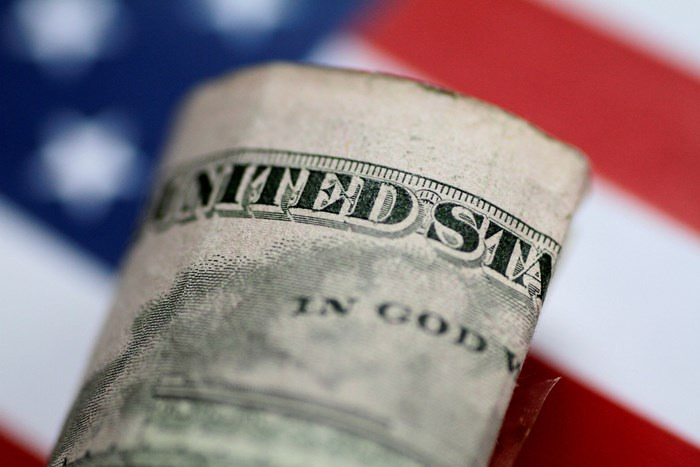Raising the debt ceiling is not guaranteed to relieve the American economy, and some painful financial and political pressure is likely to take place, especially on the administration of US President Joe Biden and national banks, Politico said in a report on Wednesday.
Warnings issued by US Secretary Janet Yellen of the “catastrophic” disaster of a debt default are not the end of the problems ahead.
Raising the debt ceiling would lead to an abrupt increase in borrowing by the Treasury and would leave financial institutions, which are already in a fragile state after the record crash of three major banks in March, suffering from more drain in deposits and a declined cash volume, which, in turn, would squeeze their ability to provide individuals and business with loans.
Further banking turmoil raises the chances of an economic recession, which would harm Biden’s campaign for reelection in 2024.
“Even if we assume that history repeats itself, and the debt limit is raised at the last minute, the current risks in the banking system will be amplified,” Seth Carpenter, Global Chief Economist and head of global economic research at Morgan Stanley and a former official at both the Treasury and the Federal Reserve said in a note to clients, added the newspaper.
Here’s where the dangers will lie even if the deal between Biden and House Speaker Kevin McCarthy goes through both chambers of Congress:
According to the report, here are the dangerous scenarios:
Once the ceiling is raised, the Treasury would immediately need to hike borrowing hundreds of billions of dollars to refill its vaults, which were emptied due to the “extraordinary measures” applied to avert a default.
New government bonds poured into the market could damage financial institutions in two ways.
First, businesses and individuals would run to buy the new securities offered at high yields, rather than keeping deposits at the banks – which provide lower interest rates. This might force banks to raise interest to prevent deposit flight, which, in turn, would result in lower profits, thus rising rates on loans – again hurting consumers and businesses.
Second, rapid government borrowing will shrink bank reserves deposited in the Fed, which in effect would drain cash out of the market, resulting in higher rates.
Markets might witness heavy disruptions as bank reserves decline, impacting overnight funding of financial institutions directly linked to the markets as chances of banks holding a tighter grip on their limited cash grow.
“If the stars align — or misalign — it might lead to congestion in the payment system and a sudden freeze” in the cash flow that maintains stable markets, said Lou Crandall, Chief Economist at Wrightson ICAP.
The report added that the private-sector body that advises Treasury on its borrowing needs estimated that the department could issue bonds worth $600 billion within the coming three months without heavily pressuring the markets, but “dealers encouraged Treasury to be responsive to potential market-based indicators of stress in the [market for short-term government debt] when replenishing its cash balance.”
Financial analysts of Bank of America considered that increased government borrowing could be the equivalent of at least another 25bp rate hike in market impact. After the 2021 debt ceiling raise, the Treasury borrowed $700 billion in under two months, the added.
Such measures might come in the way of the central bank’s long drive to increase borrowing costs and decrease held treasuries, after trillions of dollars worth of debt bought from the government over the years – an action that swamped the system with reserves to lift the economy.
But now that inflation levels are up, the Fed is looking to pull some of those reserves out from the system – yet it is not yet clear whether Treasury’s borrowing would disrupt this plan.
“You want to be going at a controlled pace and watching carefully for signs of stress,” said Brian Sack, a former head of the New York Fed’s markets group, which implements the Fed’s monetary policies. But government borrowing might result in a “potentially more rapid swing” in banks’ cash volume and the functioning of key markets, he added.
The banks here might be left with two options; either raise interest rates on deposits, which in effect would increase their funding costs, or choose to maintain current rates, which would lead cash runs to drain their balances.
Despite fierce competition, bank rates remained significantly lower in the past year, compelling customers to buy over $2 trillion in central bank bonds providing higher rates, rather than keeping them in their bank accounts. This cash could play a major part in funding the Treasury, keeping banks’ reserves safe from being sucked out – which could reduce the impact of government borrowing on markets.
“We don’t know whether the banks are going to adjust,” Crandall said. “Most banks may feel most days that they’re fine and not see the need to change fundamental funding strategies,” allowing more reserves to flow into government debt and out of the financial system.
But “that’s when accidents can happen,” he warned.
Source : AlMayadeen

